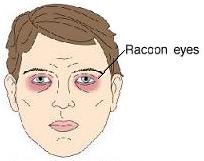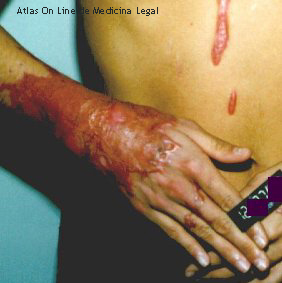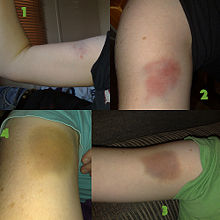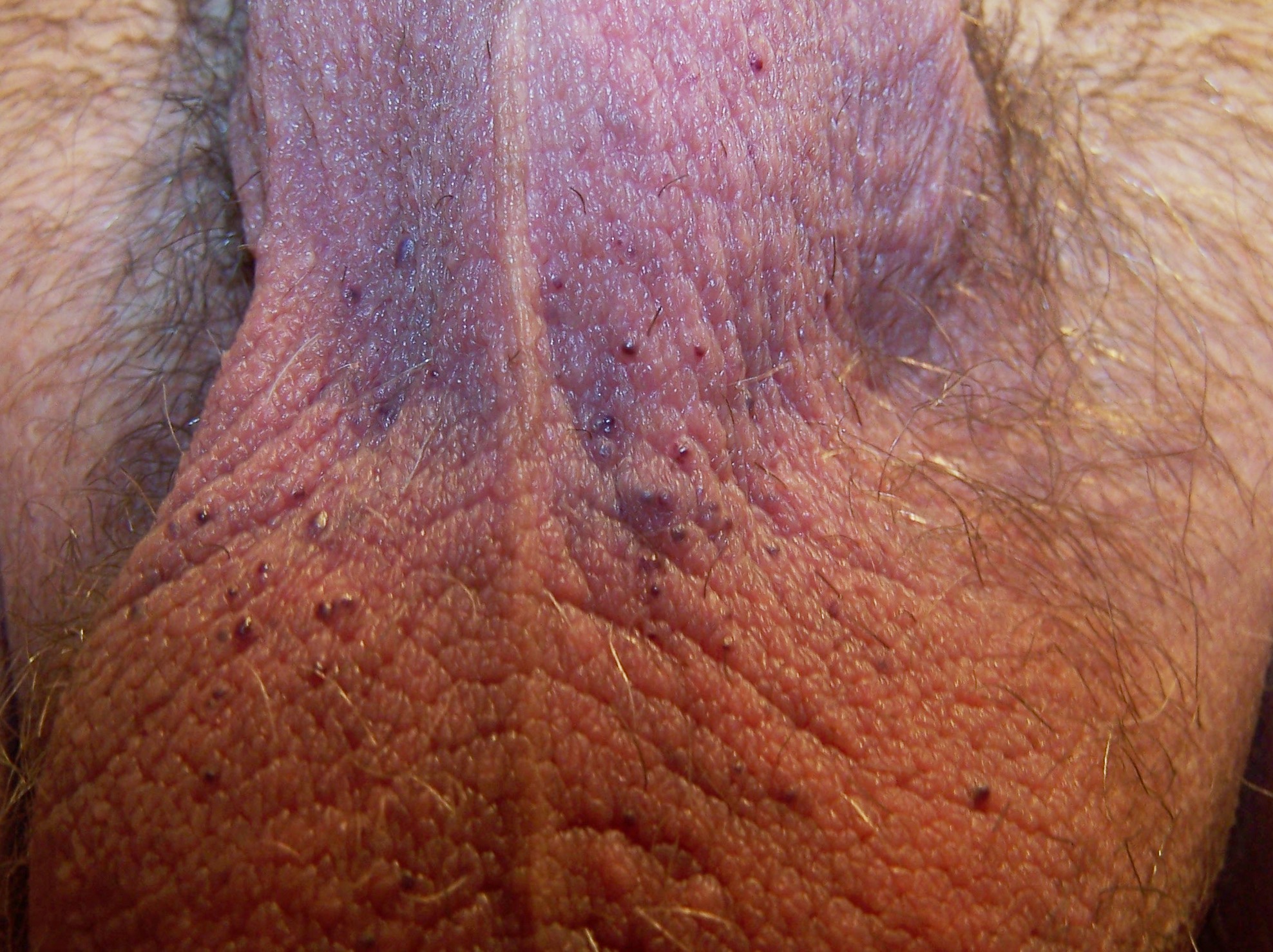Ecchymosis Definition
Page Contents
What is Ecchymosis? Medical practitioners define Ecchymosis as a small hemorrhage in the mucous membrane or skin. It is also known as bruise or contusion. It is also known sometimes as “hickey” or a small inflammation on the skin. It is pronounced as “e-ki-moh-sis”.
Having Ecchymosis means one or more of your blood vessels have suffered a rupture resulting in the release of blood into the surrounding tissue giving rise to purple or bluish-black patches on the skin.
Ecchymosis Symptoms
Usually Ecchymosis does not involve too many symptoms. It is typically characterized by the appearance of a large reddish-blue or purple spot on the skin. This normally has a diameter of more than one centimeter. As the Ecchymosis definition suggests, Ecchymosis can appear on the skin and mucous membrane. These spots may be painless or painful. Generally, most patients experience a little pain in the region. The pain may be acute in a few people.
Picture 1 – Ecchymosis
Source – mindef.gov.sg
In patients with lung cancer, Ecchymosis may be a sign of thrombocytopenia or reduced platelet level. The drop in platelet level usually happens when the sufferer undergoes chemotherapy for cancer treatment. The decrease in platelet count often causes Ecchymosis patches to appear on the skin.
Ecchymosis Stages
There are different stages in Ecchymosis which are best visible in people with light skin tone. As aforementioned, the condition is characterized by reddish spots. In the initial hours after the injury, Ecchymosis appears like red patches.
After a few days, the Ecchymosis color gradually changes to a blue or purple hue.
This is followed by the patches taking on a green colored appearance.
The green spots gradually turn yellow in color which shows that they are nearing recovery.
The spots slowly assume a brown appearance. They ultimately take on the color of the skin and heal completely.
Ecchymosis Causes
Ecchymosis is caused when a trauma or injury leads to a rupture in the blood vessels. This tear of vessels results in the release of blood into the tissues which are visible from the outside as irregular purple or reddish blue skin patches.
Blood vessel rupture may happen due to a number of medical conditions. The following health syndromes are often found to be causes of Ecchymosis:
Cirrhosis
When this chronic condition affects the liver its normal functioning is disturbed leading to blood cell irregularities. This can be a reason for the appearance of Ecchymosis spots on the skin.
Leukemia
This dreadful disease is characterized by an abnormal increase in the number of white blood cells (leukocytes). It may also produce Ecchymosis in the skin.
Acute Renal Failure
Acute failure of kidney gives rise to accumulation of waste materials in blood. This is again a cause of the condition.
Malignancy
In many Ecchymosis sufferers, malignant conditions are found to be causative agents.
Liver Disease
Liver is responsible for a number of functions including storage and purification of blood. A disorder in liver can affect blood filtering and storage and cause Ecchymosis.
Multiple Myeloma
This disease causes a malignant growth of plasma cells in bone marrow. This leads to tumors and blood abnormalities resulting in Ecchymosis.
Myelofibrosis
This condition leads to a fibrosis of the bone marrow and gives rise to problems like anemia. Reduced blood count often causes Ecchymosis.
Grey Turner’s Syndrome
Ecchymosis of flanks normally happens as a precursor of acute pancreatitis which may lead to even death in rare cases.
Ecchymosis in Children
Ecchymosis typically arises in kids due to an injury in the skin or mucous membrane. Child abuse is one reason for the appearance of these patches. You can find Ecchymosis behind ear in many kids due to this reason. Ecchymosis of the foot usually happens due to falling down while playing.
Fights with peers can give rise to Ecchymosis of the eye or black eyes in many children. “Black Eye” is infact, another name commonly used for Ecchymosis. The condition can also be seen in newborns. Ecchymosis in newborns may appear due to Vitamin C deficiency or low platelets (Thrombocytopenia).
Ecchymosis and Petechiae
Ecchymosis is often confused with petechiae. Like Ecchymosis, Petechiae also appear as tiny red spots and caused due to hemorrhage of blood vessels. However, petechiae and Ecchymosis differ in terms of size. While patches measure over 1 cm in Ecchymosis Petechiae spots are smaller than 3 mm.
Treatment for Ecchymosis
Ecchymosis Treatment is generally done at home. Certain home remedies are usually proved to be enough for the treatment of Ecchymosis. These include
Rest
Taking rest helps heal a trauma better than most other measures. If you are having Ecchymosis, you should rest our injured area.
Ice
Wrap a clean, dry towel around ice cubes. Apply this on the spots after every few minutes. Do this for some time. It constricts the ruptured blood vessels and helps in Ecchymosis cure.
Elevation
Raising the affected spot over other areas of the body while taking rest can also help in quick healing of the region.
Painkillers
If there is too much pain in the injured area, you can try some over the counter painkillers. However, you should consult your doctor before taking any painkillers if you are suffering from any other condition like diabetes.
Heat
Applying heat over patches can remove any obstruction in the affected blood vessel. Put a warm cloth soaked in hot water over the region. Try this for several times at regular intervals.
If there is no pain in the region, you can also try some light stretching exercises and light massage to ease the area. If the bruise shows no improvement even after a few days you should consult a physician.
Ecchymosis Pictures
Wondering how the condition looks like? You can check out these carefully selected Ecchymosis photos and make sure if the bruises on your skin resemble the disorder.
Ecchymosis hemorrhage is not a very serious condition. It usually goes away after a few days. But if the patches show no sign of recovery even after a few days, it may be a cause for concern. If the patches are visible on the flanks, it may be an indication of some other severe disease like Acute Pancreatitis. In such cases, you should immediately consult a doctor and get proper medical treatment.





informatory.